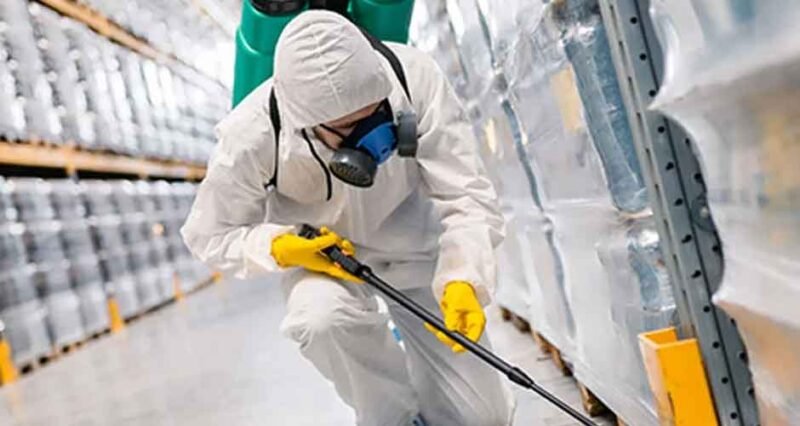
Sydney, a resplendent city on Australia’s southeastern coast, is celebrated for its magnificent harbour and iconic landmarks like the Opera House and Harbour Bridge. As a bustling metropolis and a centre for business and culture, this vibrant city in New South Wales also contends with unique challenges. Its climate and urban landscape create a breeding ground for various pests, presenting significant obstacles for commercial enterprises. In this scenario, effective commercial pest control in Sydney is crucial and vital to uphold a healthy, safe, and reputable business environment.
Understanding the Risks of Infestations
Pests, ranging from rodents to insects, can cause extensive damage to commercial properties. They pose health risks through the spread of diseases, jeopardise the structural integrity of buildings, and tarnish business reputations. Beyond physical damage, pests can have a profound impact on the hospitality, retail, and healthcare industries, eroding consumer trust and potentially leading to severe legal ramifications. Additionally, infestations can disrupt daily operations, result in costly repairs, and lead to loss of inventory, further escalating the financial burden on businesses.
Strategies for Effective Vermin Management
Effective vermin prevention requires a strategic approach tailored to the specific needs of each business and its environment. Here are some key strategies:
- Regular Inspections and Monitoring:Inspecting premises for signs of vermin activity is crucial. Early diagnosis can prevent little problems from growing into large infestations.
- Professional Prevention Services:Engaging with professionals in commercial pest control in Sydney ensures that businesses benefit from expert knowledge and advanced management techniques. These experts use environmentally friendly and industry-approved methods to eliminate vermin effectively.
- Integrated Pest Management (IPM): With an emphasis on long-term prevention, integrated pest management (IPM) employs various strategies, including habitat modification, biological control, and adjustments to cultural norms. This approach is environmentally sensitive and sustainable.
- Employee Education and Participation:Educating staff on prevention measures and encouraging participation in maintaining a clean and orderly environment is vital. Simple actions like proper waste management and avoiding clutter can significantly reduce the risk of infestations.
- Sealing Entry Points: Identifying and sealing potential entry points is a proactive measure. This includes fixing cracks in walls, ensuring windows and doors are properly sealed, and maintaining proper drainage systems.
- Use of Technology and Data Analysis:Modern technology like digital monitoring and data analysis helps predict and prevent infestations. This approach allows for timely interventions and more effective management strategies.
- Regular Maintenance and Sanitation:Regular cleaning and maintenance of the premises are essential in deterring vermin. This includes routine checks of plumbing systems to prevent leaks, proper food storage practices, and regular trash disposal.
- Customised Treatment Plans: Tailoring control strategies to the specific type of pest and the environment is crucial. Different vermin species require different approaches, and a one-size-fits-all strategy is often less effective.
- Legal Compliance and Safety Standards: Adhering to local regulations and safety standards is essential. This ensures that the control methods are effective, legally compliant, and safe for humans and the environment.
- Use of Natural Predators:In some cases, introducing or encouraging natural predators can be an effective and environmentally friendly way to control certain types of vermin.
Tailoring Vermin Control to Industry Needs
Different commercial sectors face unique challenges, requiring customised solutions. For example, strict prevention techniques are necessary in food and beverages because of health and safety standards. At the same time, office buildings might focus more on preventing the spread of ants and rodents.
Conclusion: A Proactive Approach to Vermin Control
In conclusion, combating the impact of vermin in the commercial sector requires a proactive and strategic approach. Businesses must stay vigilant, adopt effective control strategies, and work closely with professional prevention services. By doing so, they protect their premises and reputation and contribute to the overall health and safety of the community. As the city grows, the importance of effective prevention will only increase, making it an indispensable aspect of business operations.

